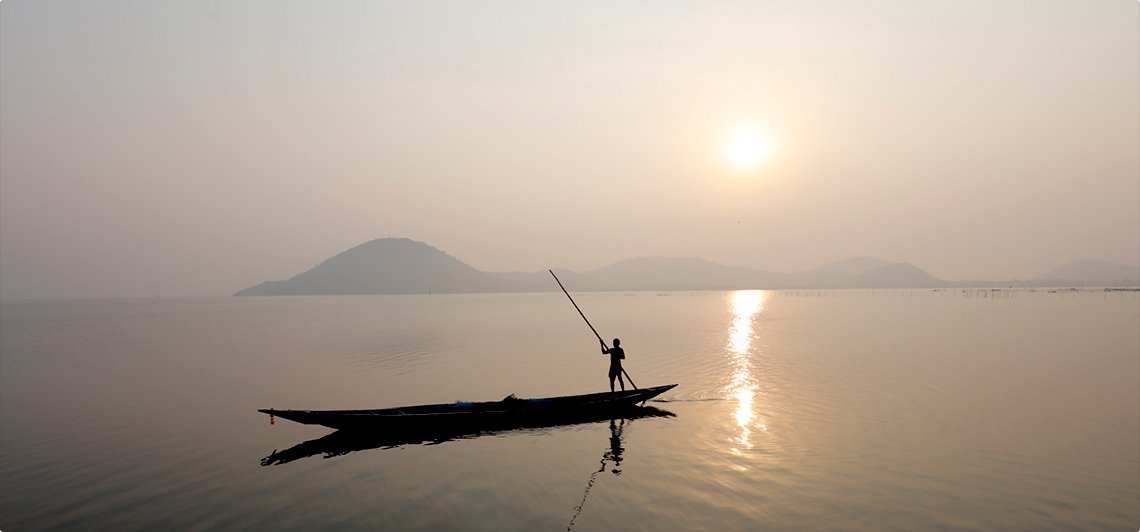Every year, on the full moon day of Jyestha month (May–June), the holy city of Puri witnesses a celestial spectacle — Debasnana Purnima or Snana Yatra, the ritual public bathing of Lord Jagannath, Lord Balabhadra, and Devi Subhadra. This sacred occasion draws lakhs of devotees, eager to catch a rare glimpse of the deities in their most magnificent and human-like form — during their ritual cleansing, illness, and recovery.
🕉️ Origins and Mythological Significance
The tradition of Snana Yatra is rooted in ancient texts like the Skanda Purana, where it is said that King Indradyumna, the legendary founder of the Jagannath Temple, instituted this ritual as part of the installation of the deities.
According to belief, Lord Jagannath is an incarnation of Lord Vishnu and also possesses aspects of Krishna. Just as humans celebrate birthdays or ritual purifications, Snana Yatra is observed as the “Birthday of Lord Jagannath.”
🛁 The Ritual Process: From Temple to Snana Mandapa
On this auspicious day:
- Deities are ceremonially brought from the sanctum sanctorum to the Snana Mandapa (bathing platform) in a grand procession known as Pahandi Bije, accompanied by music, chants, and cymbals.
- 108 pitchers of sacred water from the Golden Well (Suna Kua) inside the temple premises are drawn early in the morning by temple priests.
- The deities are bathed in this sanctified water — a mix of scented herbal liquids, turmeric, and sandalwood — by Gajapati Maharaja’s servitors and temple priests.
This act of ‘Abhisheka’ symbolizes purification and is conducted amidst resounding Vedic hymns, kirtans, and a sea of devotees chanting “Jai Jagannath!”
😷 Anasara: The Ritual Seclusion After Bathing
After this grand bathing, something surprising happens.
The deities “fall ill” due to the cold water exposure and are withdrawn from public view for 15 days — a phase known as Anasara (meaning “no viewing”).
During this time:
- The deities are kept in a secluded chamber.
- They are treated by the Raj Vaidya (royal physician) with herbal medicines and traditional Ayurvedic preparations.
- Devotees cannot see them but are offered a painted image of Anasara Pati, a symbolic replacement.
🎭 Devotees’ Longing and Anticipation
This withdrawal creates an intense longing among devotees. It mirrors human emotions — even gods fall sick and need rest. The anticipation builds up until the Netrotsav Day, when the gods regain strength and reappear in public during Naba Joubana Darshan (the youthful appearance), followed by the world-famous Rath Yatra.
📜 Spiritual Symbolism
Debasnana Purnima teaches us:
- Purification is necessary even for the divine.
- Rest and healing are part of the sacred cycle.
- Darshan (divine viewing) is not constant — the absence increases the soul’s yearning.
This celebration transforms Puri into a living metaphor of bhakti (devotion), anubhuti (experience), and pratiksha (longing).
📍 Where It Happens: Snana Mandapa, Jagannath Temple, Puri
The Snana Mandapa is located on the northern side of the temple, accessible to all — even non-Hindus — on this special day. This is one of the few times in the year when “Darshan for All” is allowed.
🪔 Quick Facts: Debasnana Purnima
| Aspect | Details |
|---|---|
| Festival Type | Religious, Temple Ritual |
| Occurs | Jyestha Purnima (May–June) |
| Duration | 1 day (followed by 15 days of Anasara) |
| Deities | Lord Jagannath, Balabhadra, Subhadra |
| Highlight | 108 Pots of Water Bathing Ritual |
| Precedes | Naba Joubana Darshan and Rath Yatra |
✨ ExperiencePuri.com Recommends
- Arrive a day early to witness the Pahandi procession.
- Visit the Snana Mandapa early morning for the best view.
- Respect the temple rituals during Anasara — consider visiting Alarnath Temple in Brahmagiri, where Lord Jagannath is believed to reside during his illness.
- Do not miss Ananda Bazaar, where you can relish temple-cooked Mahaprasad on this day.
🕉️ Debasnana Purnima is more than a ritual — it’s an emotion, a lesson in divine vulnerability, and a chance to reflect on the human within the divine.
For more verified insights on rituals, food, festivals, and hidden gems, explore ExperiencePuri.com — your one-stop journey into Puri’s soul.






Leave a Reply